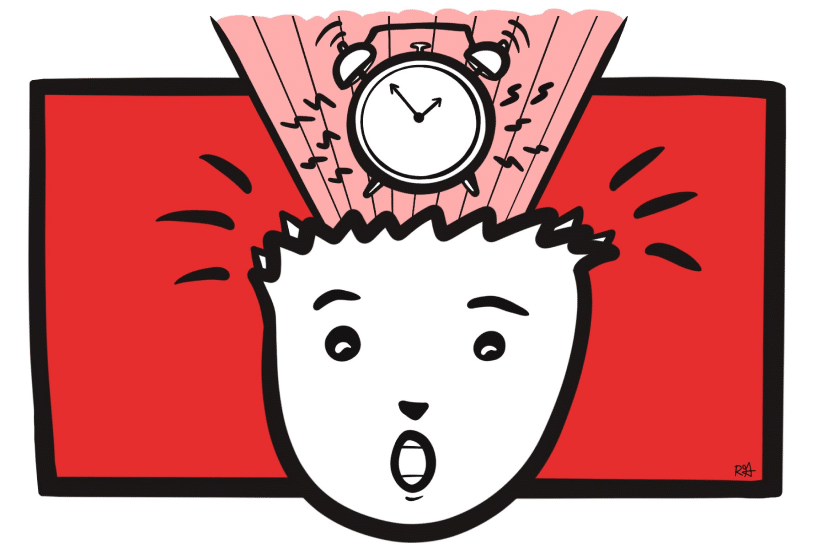Phase 4 of the Anatomy of a Start-Up: Emotions Edition Series

Usually soon after the initial investment is secured from the founder’s bank accounts, friends and family, incubator funding, or in the form of sweat equity, it is time to bring the “imaginary friend” (aka the vivid start-up idea), from a mental vision to a tangible reality. First investments provide the resources required to build an initial version of the MVP (minimum viable product) – usually a working subset of the original idea. Getting to a working MVP typically takes a lot more time and work than originally planned. Although delays are almost always the case given the many unforeseen complexities that arise, not meeting original deadlines can be an early source of frustration for founders and initial financiers. The process of building the MVP may include the company’s first hires which can also add to the complexity of day-to-day operations since, often for the first time, founders will experience the additional challenges associated with managing a staff. These challenges can pile on added pressure that is usually not factored into the overall schedule. And at some point during this MVP phase, the realization that it will take more time, money, and resources than expected begins to set in. Building the MVP is often filled with a combination of emotions that can span from excitement to anxiety and back.
Development of the MVP may also bring up questions about features that will lead to further analysis of competitive products. And early conversations with potential customers not only helps to determine important MVP features but also helps clarify which features are needed in order to better differentiate with existing solutions.
Talking in-depth with first customer prospects usually provides a healthy dose of reality about alternatives to your product or service that may not have been mentioned during initial market research.
In addition, when presented with an initial MVP customers are often less enthusiastic than they were when presented with the original concept. We sometimes refer to this as the “build it and they don’t come” part of the process. We find that there is a difference between providing encouraging feedback and actually using or buying a product. Only when a customer is asked to commit will many of the tangible factors be revealed. This is human nature. After perhaps some initial frustration, the more tangible valuable feedback will lead founders to collect more information about the features and functionality customers will actually require in order to justify the time to use or buy. While this provides another layer of information for the product planning process, it can be a bit deflating since new requirements or requested changes may require a redesign and more time and resources to complete the MVP.
This is a natural requirement to help further define product / market fit, however, first time founders typically don’t factor this process into the equation or schedule. Learning about this and the delays that result can add to anxieties and spur the realization that what might have been thought of as a sprint to customer sales has become a marathon run to establish an initial user base.
At Inspiration Ventures we often find that founders make the mistake of spending too much time planning and developing product functionality and features in a vacuum –– without much collaboration with potential customers or analysis of the market. This is supported by the fact that most entrepreneurs have a better idea about the technical aspects of their solution (based on their tech background or experience) and less information about what actual problems the solution addresses. Altogether this results in early product plans that are designed based on the founder’s best guess at what features are required instead of an emphasis on real customer requirements. This is a common problem that often requires several MVP modification cycles before it will be accepted by users and customers. While it is true that you can’t be sure what a customer would actually use or pay for until you get a signed contract, we always recommend that founders try to get as much information about customer needs throughout the initial MVP design and development process. Based on our experience, doing so can help minimize the required additional time and resources to achieve the features that customers value the most. Encouraging founders to get early product feature feedback from users can help save time, money, and frustration when a product is finally brought to market.